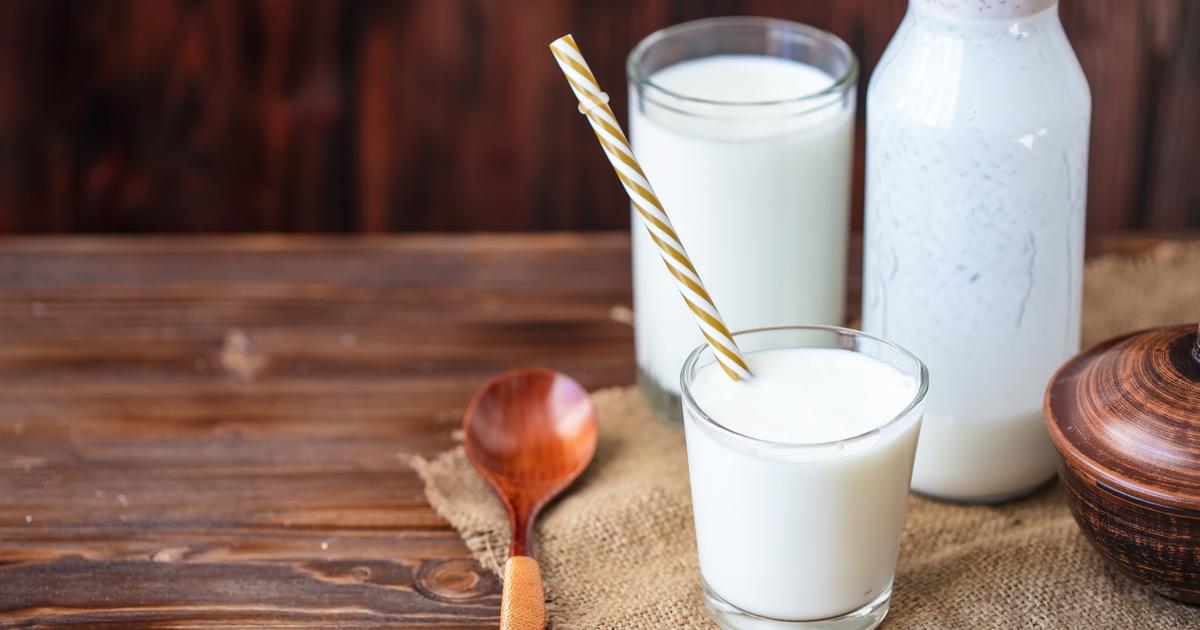Enlarge image
1/11
It's still hard to imagine that this root will one day produce white sugar - but it's already in there.
The sugar beet itself produces the sugar: it forms it from water, CO₂ and solar energy and stores it.
The beets are sown in spring and harvested in autumn and into winter.
Photo:
Ulrike Schacht / Your SPIEGEL
Enlarge image
2/11
The beet harvester cuts off the leaves.
Then a hook levers the beets out of the field and the dirt is knocked off on a metal shaft.
In the past, beets were harvested and loaded by hand - a strenuous and tedious job that was mainly done by women.
Today it only takes one person to drive the vehicle.
Photo: Ulrike Schacht / Your SPIEGEL
Enlarge image
3/11
During the beet harvest, 20,000 tonnes of beets are delivered to the Nordzucker factory in Uelzen every day – that corresponds to around 870 loaded trucks. The beets come from farmers in the area around the sugar factory.
Photo: Ulrike Schacht / Your SPIEGEL
Enlarge image
4/11
The beets are brought to a kind of beet washing line via conveyor belts.
There they are flushed and slide over barbs.
In the factory, large knives cut the beets into small pieces.
The snippets look like little fries.
You are now on your way to an oversized cooking pot, the Extraction Tower.
Photo: Ulrike Schacht / Your SPIEGEL
Enlarge image
5/11
A hot broth of water and beet chips simmers in the extraction tower.
The sugary juice is extracted from the beet cells and filtered.
Photo: Ulrike Schacht / Your SPIEGEL
Enlarge image
6/11
What remains is a strawy residue that can still be used.
When dried, it is used as animal feed.
Photo: Ulrike Schacht / Your SPIEGEL
Enlarge image
7/11
Here you can see in glasses in the laboratory what happens in closed cooking pots in the factory: the raw juice is cleaned and all non-sugar substances are split off.
After filtering, a light, thin juice remains, which consists mostly of water.
It is heated in gigantic cooking pots.
The water evaporates.
The juice is further boiled down in several stages.
Finally, it is golden yellow and viscous.
Photo: Ulrike Schacht / Your SPIEGEL
Enlarge image
8/11
The thick juice (that's what the golden-yellow juice is now called) has reached an important point.
Its sugar content is so high that the first crystals form.
It works like this: the sugar particles move, collide and stick.
Many particles together form a crystal.
Anyone who has had a crystal set from the chemistry kit at home knows the principle (even if salt crystals are often used).
If you let the crystals grow forever, you would end up with a giant block of sugar.
Because of this, crystal growth is interrupted.
Photo: Philipp Schulze / picture alliance / dpa
Enlarge image
9/11
The juice now flows into centrifuges that work like sugar spin dryers.
The drum throws out brown syrup, leaving the now white crystals.
The syrup is called molasses.
It is used, for example, to make animal feed or yeast.
Photo: Ulrike Schacht / Your SPIEGEL
Enlarge image
10/11
The finished sugar is dried, cooled and taken to the packing station.
A one-kilo package contains the sugar from about seven beets.
A scale weighs the exact amount, which is automatically filled into the packs through funnels.
Photo: Ulrike Schacht / Your SPIEGEL
Enlarge image
11/11
Only part of the sugar from the Nordzucker plant in Uelzen is transported away in sugar packets for supermarkets.
Much larger quantities are sold to companies such as large bakeries or candy manufacturers.
But beverage companies also need masses of sugar.
Photo: Ulrike Schacht / Your SPIEGEL








/cloudfront-eu-central-1.images.arcpublishing.com/prisa/KMEYMJKESBAZBE4MRBAM4TGHIQ.jpg)



